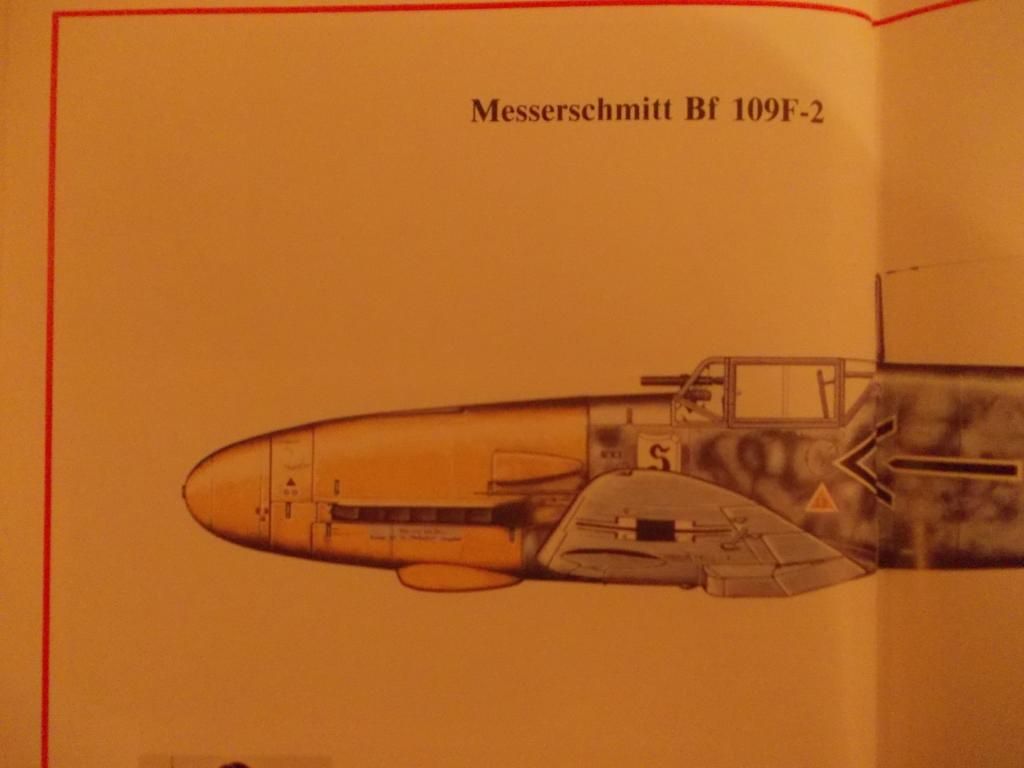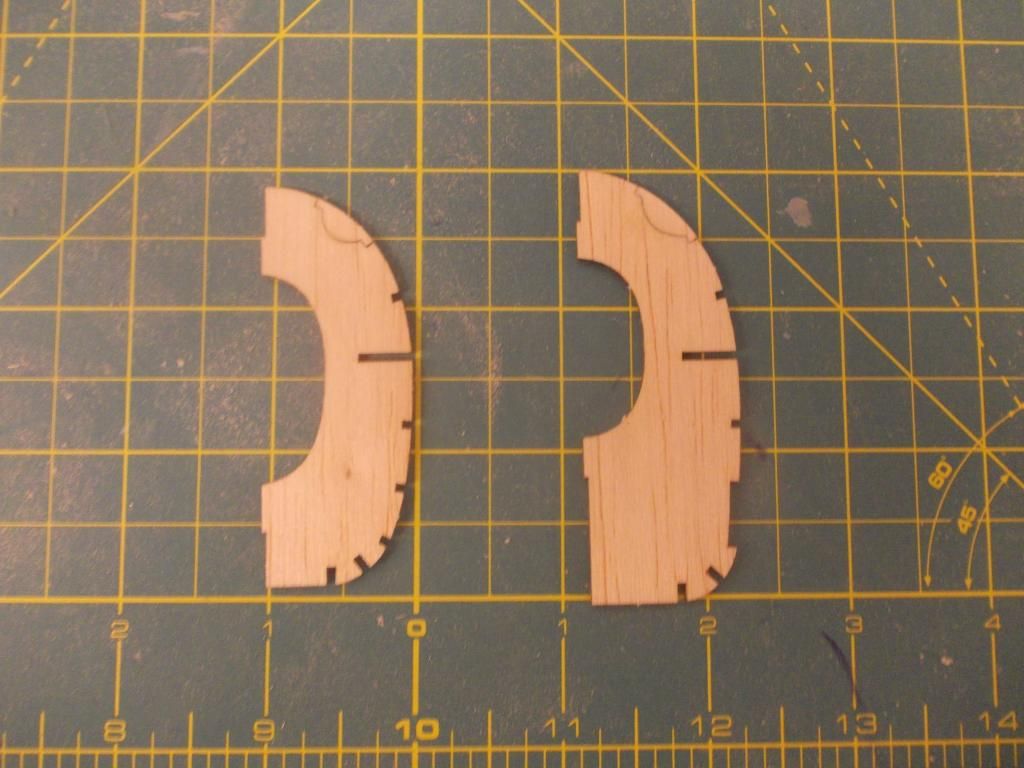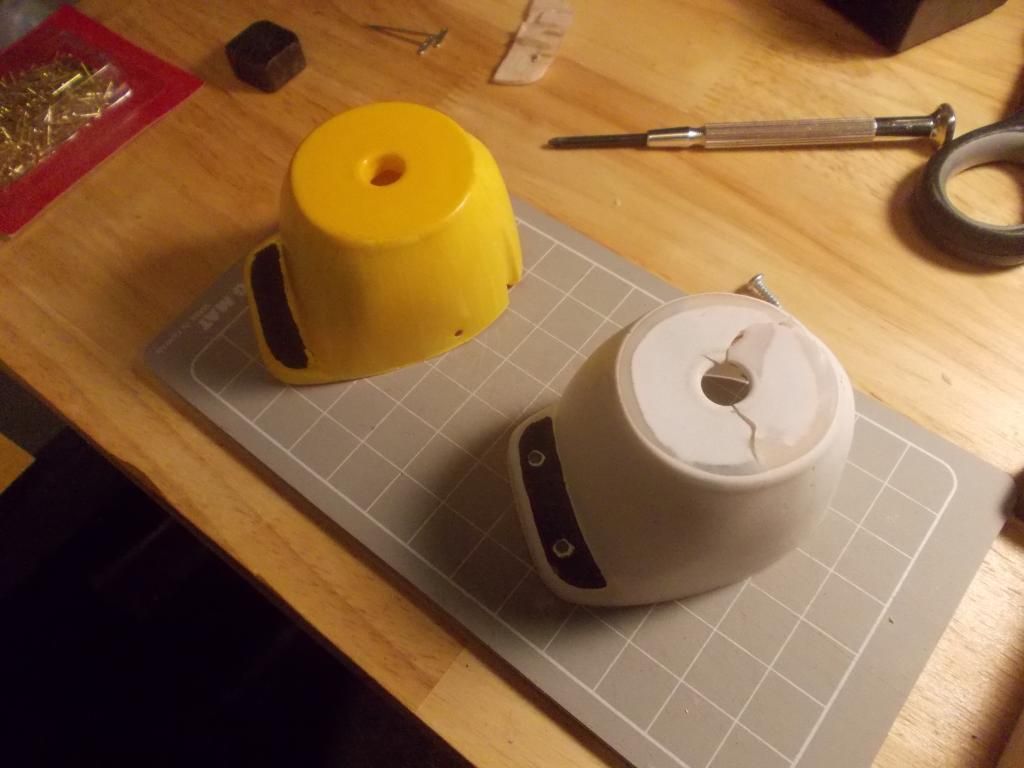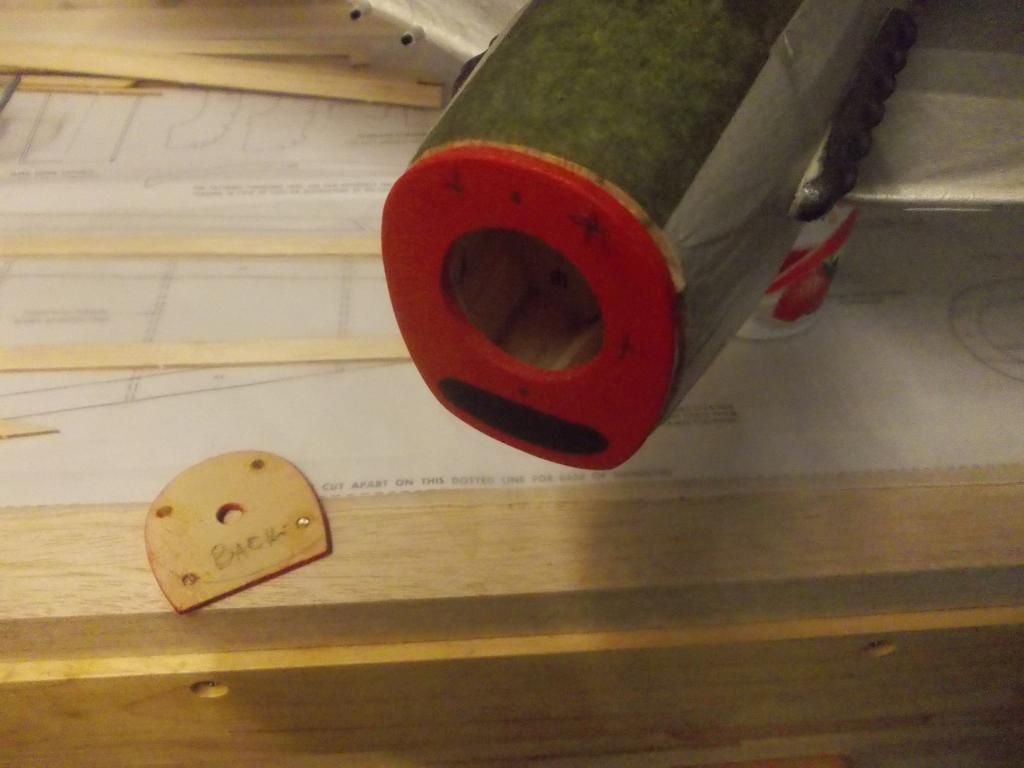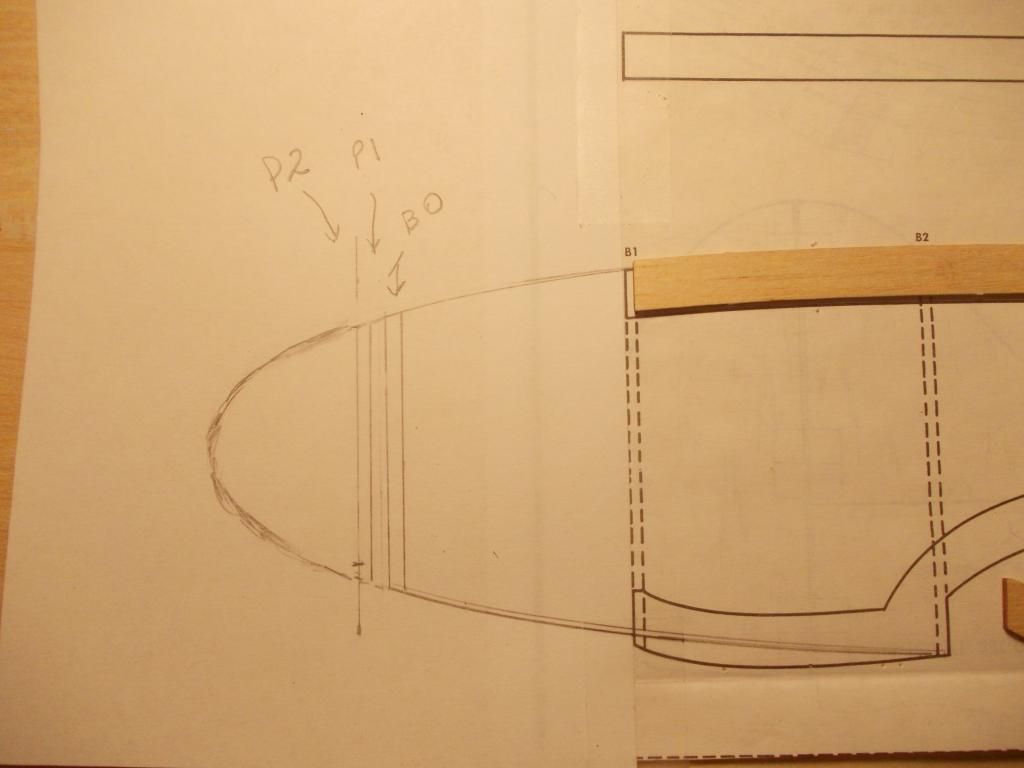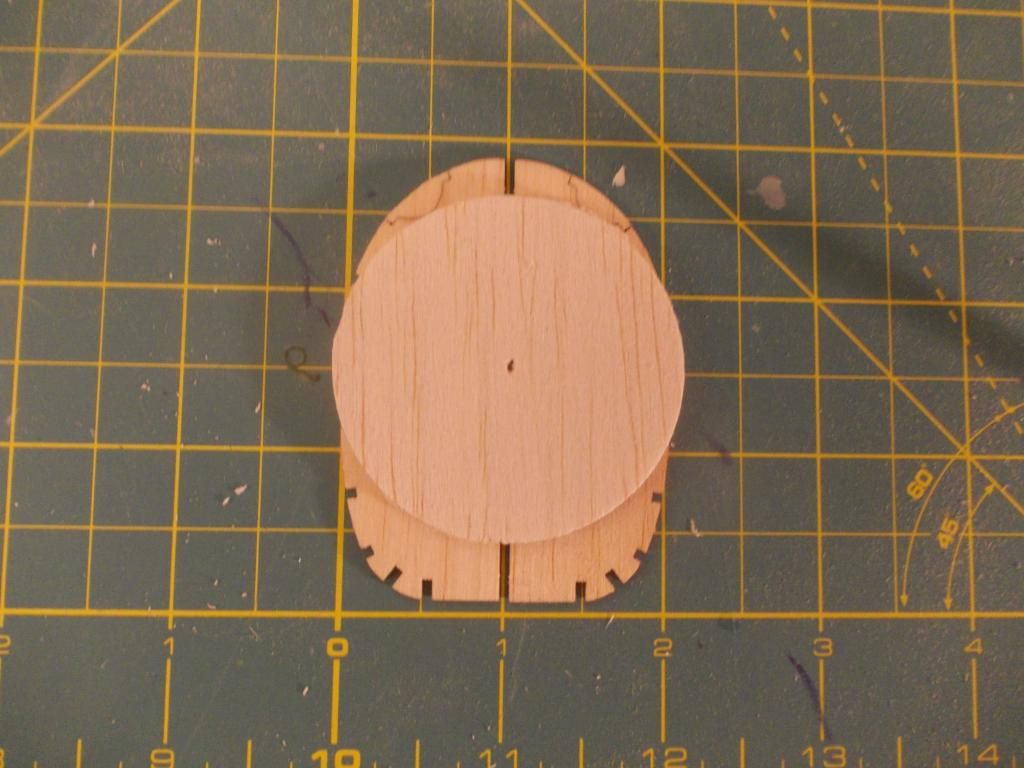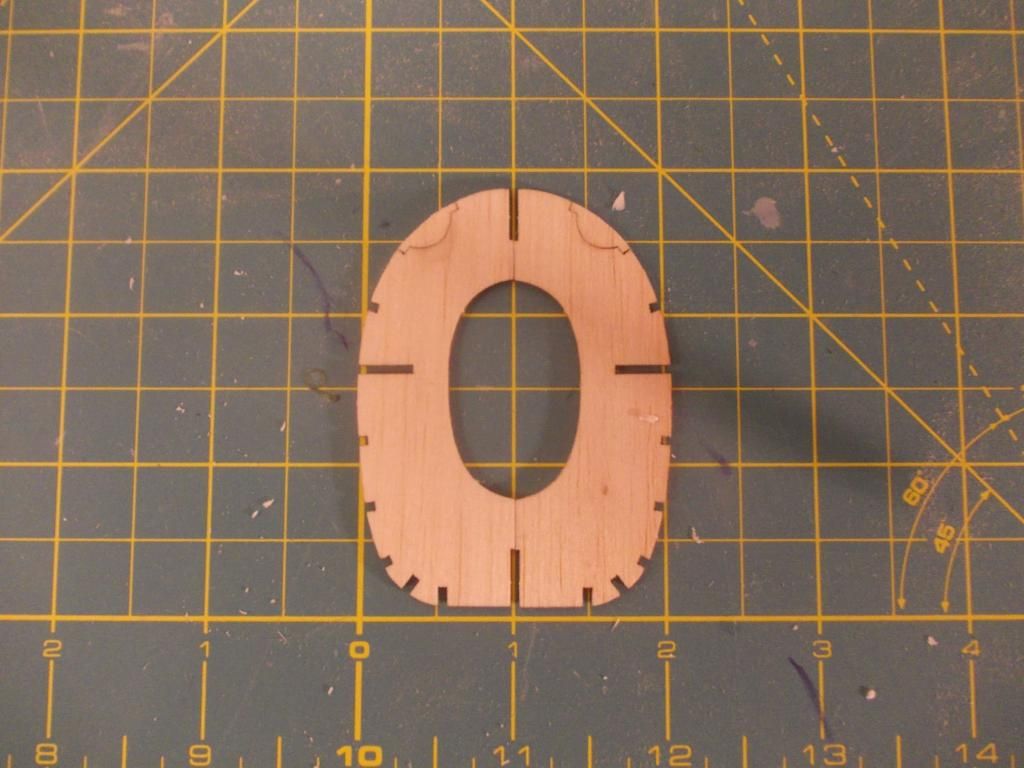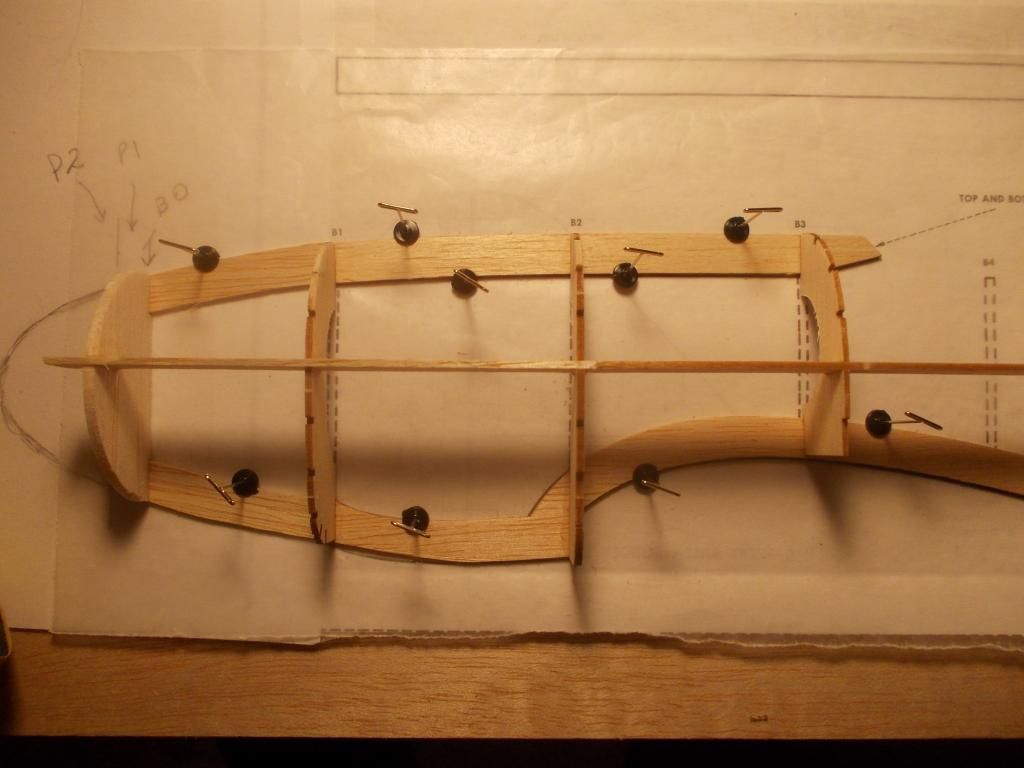Next year I plan to enter a plane. Before I build and try to fly the Guillows P-38. I thought I would go with what has worked with me so far... The Me-109!
Here is my plan for the plane of 2014...
Meet the Me-109 Z-1 !!!

I plan to use Guillows 400 series fuselages, and make my own wing and tail. The model will have the required details, but NO landing gear. I am going to order some parts from Guillows tomorrow. I think this would be an easy conversion and have VERY good motors!!!
Let me know what you think!
Mitch
From the INTERNET: The Messerschmitt development department received a directive in 1942 to begin work on a Zerstörer (destroyer, or heavy fighter). An earlier RLM directive of 1941 had tried to limit the amount of new designs coming from the major aircraft companies (to not disrupt the production lines with new aircraft), so it was decided to couple two Bf 109 fuselages together, along with a new center wing and tailplane section, to come up with the Me 109Z (Zwilling, or twin).
The Me 109Z prototype incorporated two Bf 109F-4 fuselages, joined with a new constant chord wing center section and parallel chord tailplane. Included also was the 109F-4 powerplant, the Daimler Benz DB 601E-1 engine (12 cylinder, liquid-cooled, inverted V - 1750 horsepower on takeoff). The main landing gear attachment point were moved inboard to attach to a strengthened centerline keel in each fuselage. The outermost main landing gear retracted outboard; the inner legs retracted into the new center wing section. A single pilot sat in the port cockpit and the starboard cockpit was faired over. Armament on the projected production models varied (see below).
Several other Me 109Z designs were planned, developed around the 109G fuselages. The Me 109Z was to use around 90% of pre-existing 109 parts, with only the new main wing and tailplane, modified landing gear mountings, slightly larger wheels, extra fuel tanks in place of the starboard cockpit and a few other components needed to complete the aircraft. A prototype was completed in early 1943, but it was damaged in an Allied air attack on the Messerschmitt test center, and the damage was deemed too severe for repair. The development was abandoned in 1944, and by then, the Me 262 jet fighter had taken wing. One interesting note: the North American aircraft company followed the same design (independently) to produce the P-82 Twin Mustang, which was two P-51 fuselages joined in a similar manner as the Me 109Z

